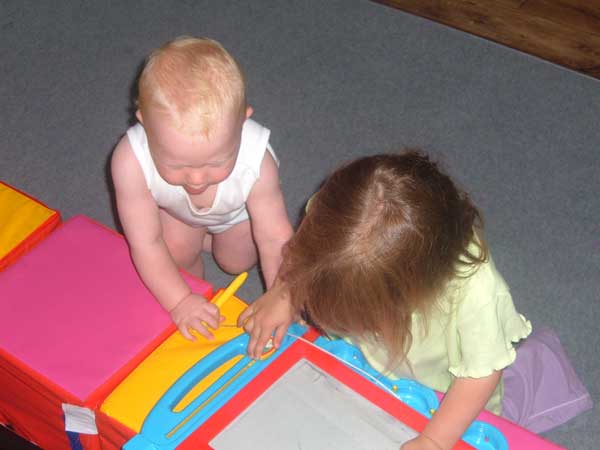
Is it time to change the way we organise children’s care? Michelle Shewring explores the benefits of looking after children in mixed age group environments as a way of accelerating development.
Over the past 20 years of working children I have developed a framework of care which actively supports the learning and development of young children, rather than one which tries to teach. It is my firm belief that secure and respected children have the ability to lead their own development. When the opportunity arose to take part in a practitioner led research project I jumped at the chance - not only to test this theory, but to share the findings with other practitioners.
My husband and I owned a large childminding business, caring for between 10 and 12 children at a time. We employed 2 assistants who brought new experiences and renewed youth and energy to our setting. In contrast to usual set-ups, where registered childminders work alone caring for 2 or 3 young children, we witnessed the joy and development of caring for different ages altogether in one environment. This way of working became the hypothesis for the practitioner research.
Our project focused on how caring for children in naturally arranged groups (similar to those which sibling groups enjoy) could affect their learning and development. We were caring for children from birth to 11 in our home, which meant that the children spent the majority of their time together, rather than in age defined ‘rooms’.
Methods and Methodology